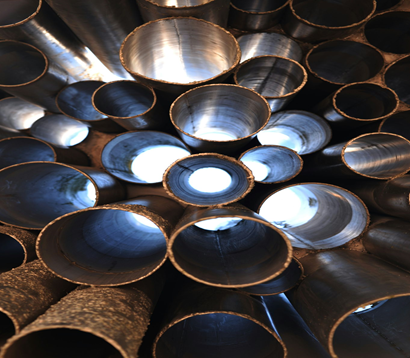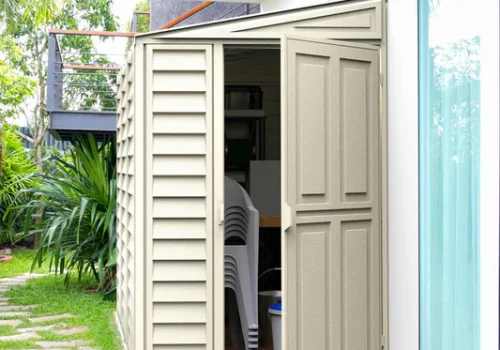Advantages of Formatubes Over Traditional Concrete Formwork

Concrete formwork is important for shaping and supporting poured concrete until it hardens and gets stronger. In the past, people used wood, plywood, and steel to make formwork. Formatubes are a new way of making things, have many advantages over traditional ways of making things.
This guide talks about how Formatubes can be used in construction projects. So keep on reading.
1. It’s Easy To Use
The answer is: It’s Lightweight and Portable
Formatubes are made of light materials like cardboard or composite. They are easy to handle and move around.
Traditional Formwork is usually heavier and bulkier, which requires more work and equipment to move and place.
For example: Installation is easy.
Formatubes can be set up quickly without using a lot of bracing or support systems.
Traditional formwork takes a lot of time to put together and take down.
2. How much will it cost?
Material Costs: Lower
Formatubes are cheaper than materials like timber or steel.
Plywood and steel can be expensive, especially for big projects.
For example: Low labor costs:
Formatubes: Easier and faster to install, which reduces labor hours and costs. Traditional Formwork: It requires skilled carpenters and an extra workforce to set up and take down.
3. How Well You Use Your Time
The answer is: Quickly set up and take down.
Formatubes: Can be set up and taken down quickly, reducing the construction schedule.
Traditional Formwork: It takes longer to put together and take apart, which could delay the project timeline.
For example: You don’t have to strip.
Formatubes: Usually designed to be left in place after the concrete sets, eliminating the need to strip.
Traditional Formwork: Must be removed after the concrete has cured.
4. A Better Finish On The Surface
The answer is: Concrete with a smooth finish.
Formatubes: Give a smooth and even finish to the concrete surface. Traditional Formwork: May leave impressions or imperfections that need to be fixed or smoothed.
For example: Shape and size:
Formatubes are made to exact sizes to make sure the final concrete structure is uniform.
Traditional Formwork: Assembly can make the concrete shape and size inconsistent.
5. Flexible and Easy To Customize
The answer is: Custom sizes and shapes.
Formatubes can be made in different sizes and lengths to fit your project needs.
Traditional Formwork can be customized, but it’s usually more difficult and requires more work.
For example: Use in different ways:
Formatubes can be used for many things like columns, piers, and footings.
Traditional Formwork is versatile, but it may need different materials and ways of making it for different uses.
6. Benefits for the Environment
Formatubes are made from recyclable materials and are designed to reduce waste.
Traditional Formwork: Can produce a lot of waste, especially when you use materials like plywood that may not be used again.
For example: Options that are sustainable.
Formatubes are made from recycled or sustainably sourced materials and are environmentally friendly.
Traditional Formwork: Timber formwork, unless sustainably sourced, can contribute to deforestation and resource depletion.



